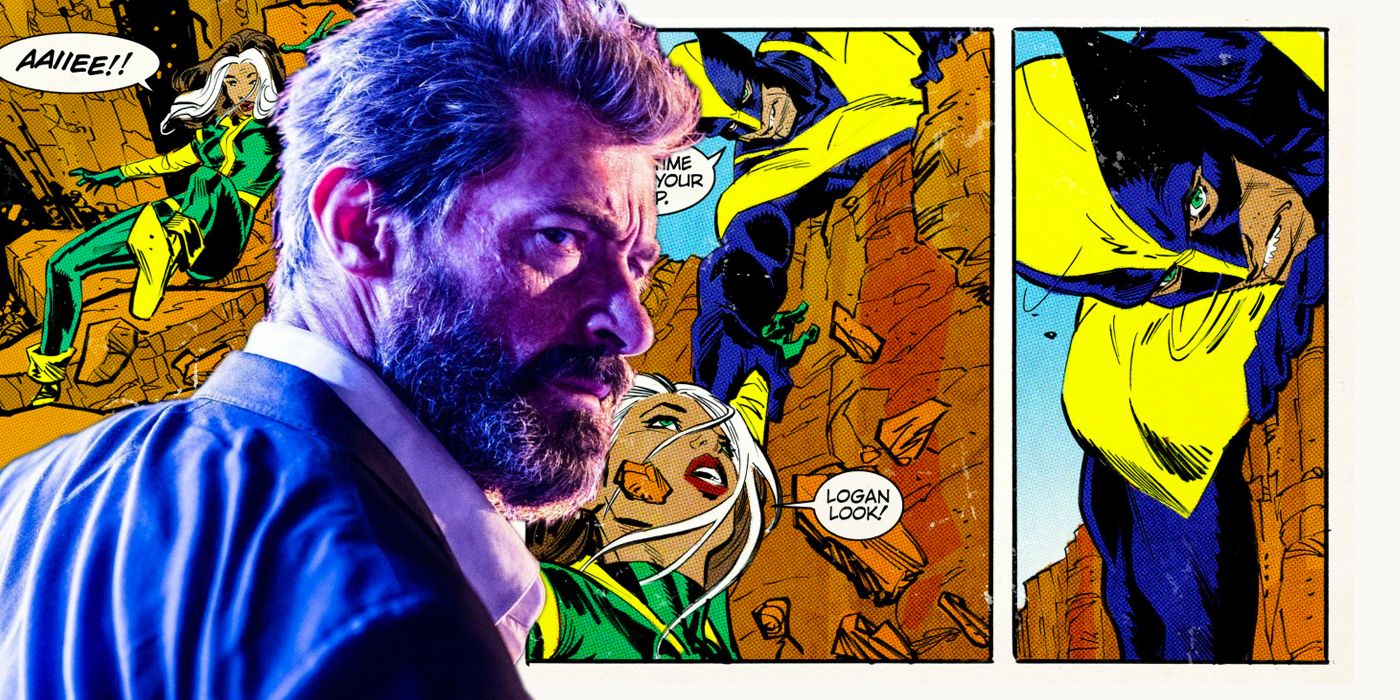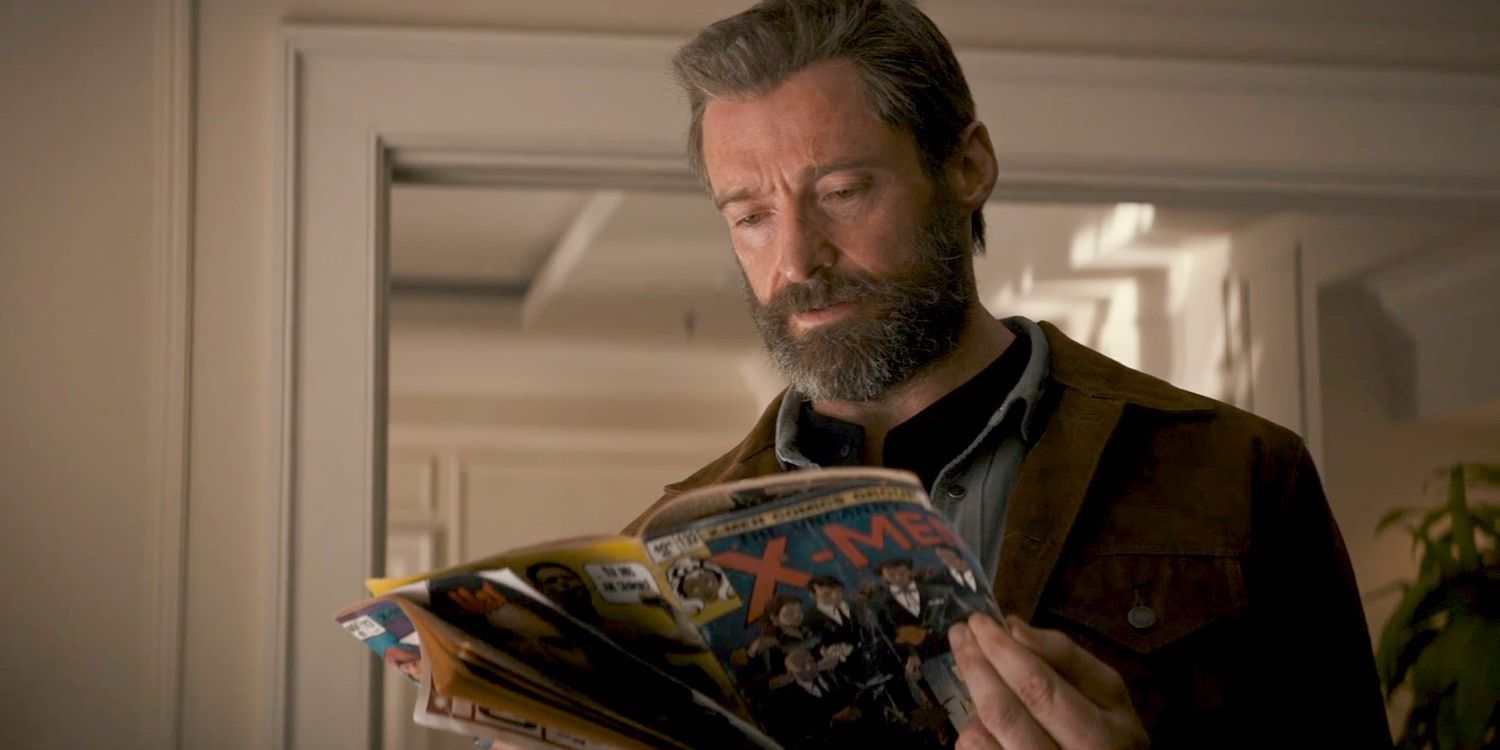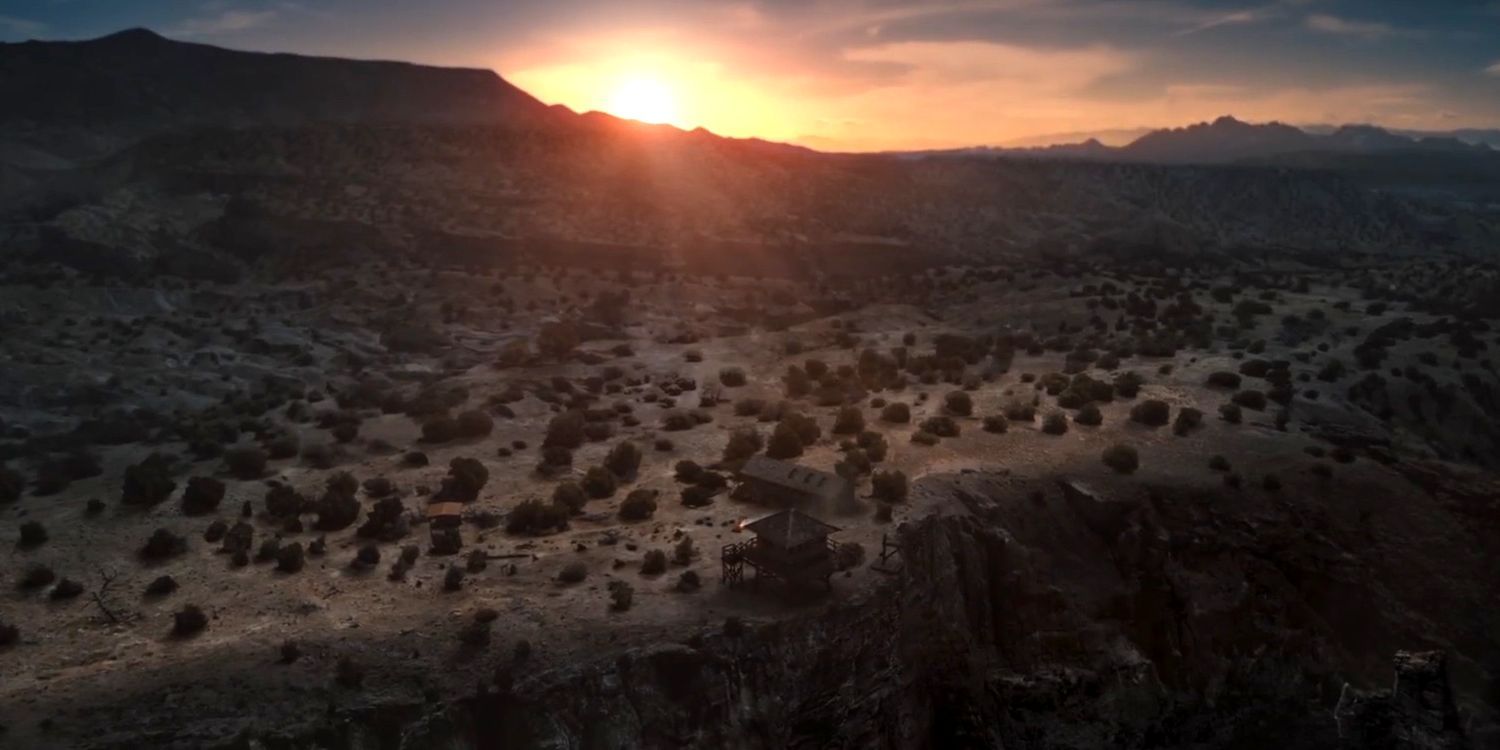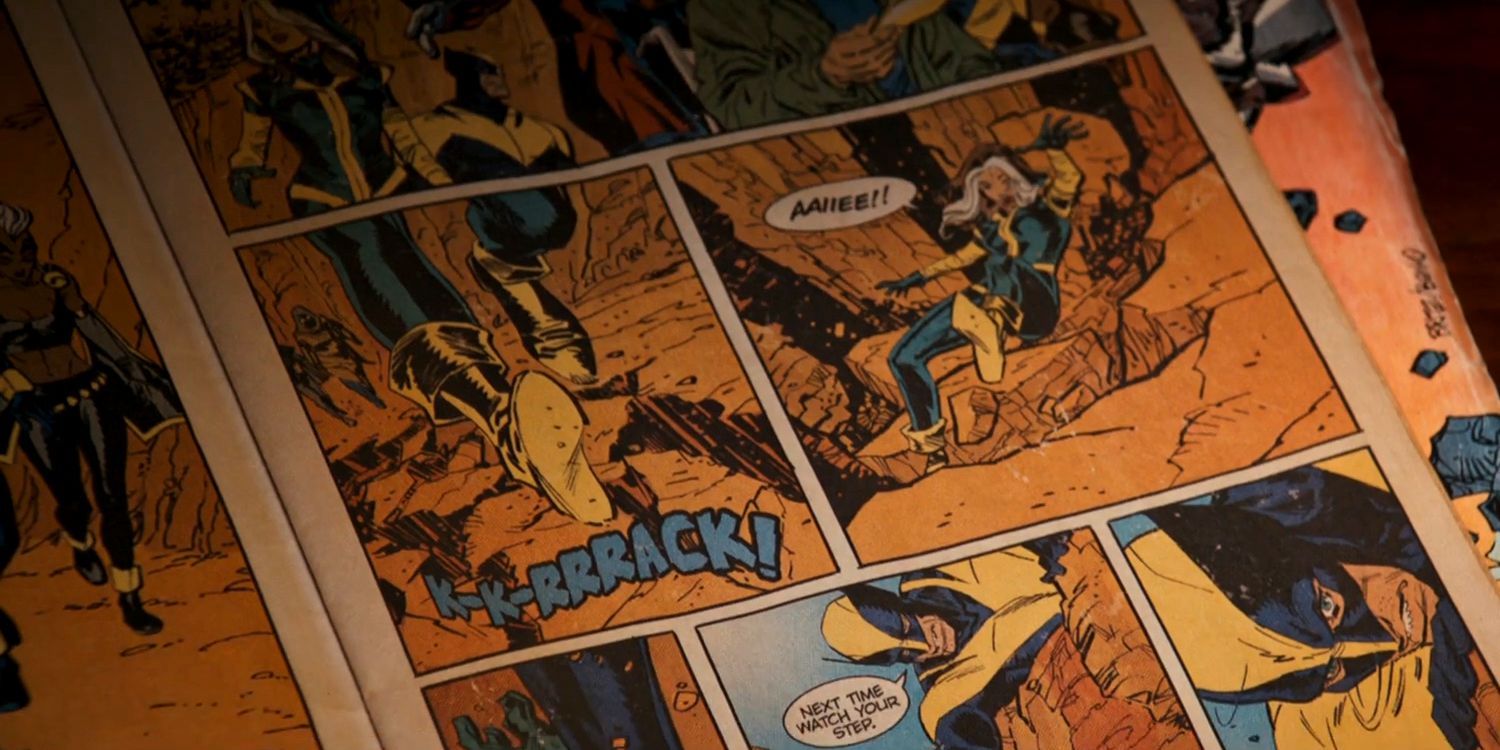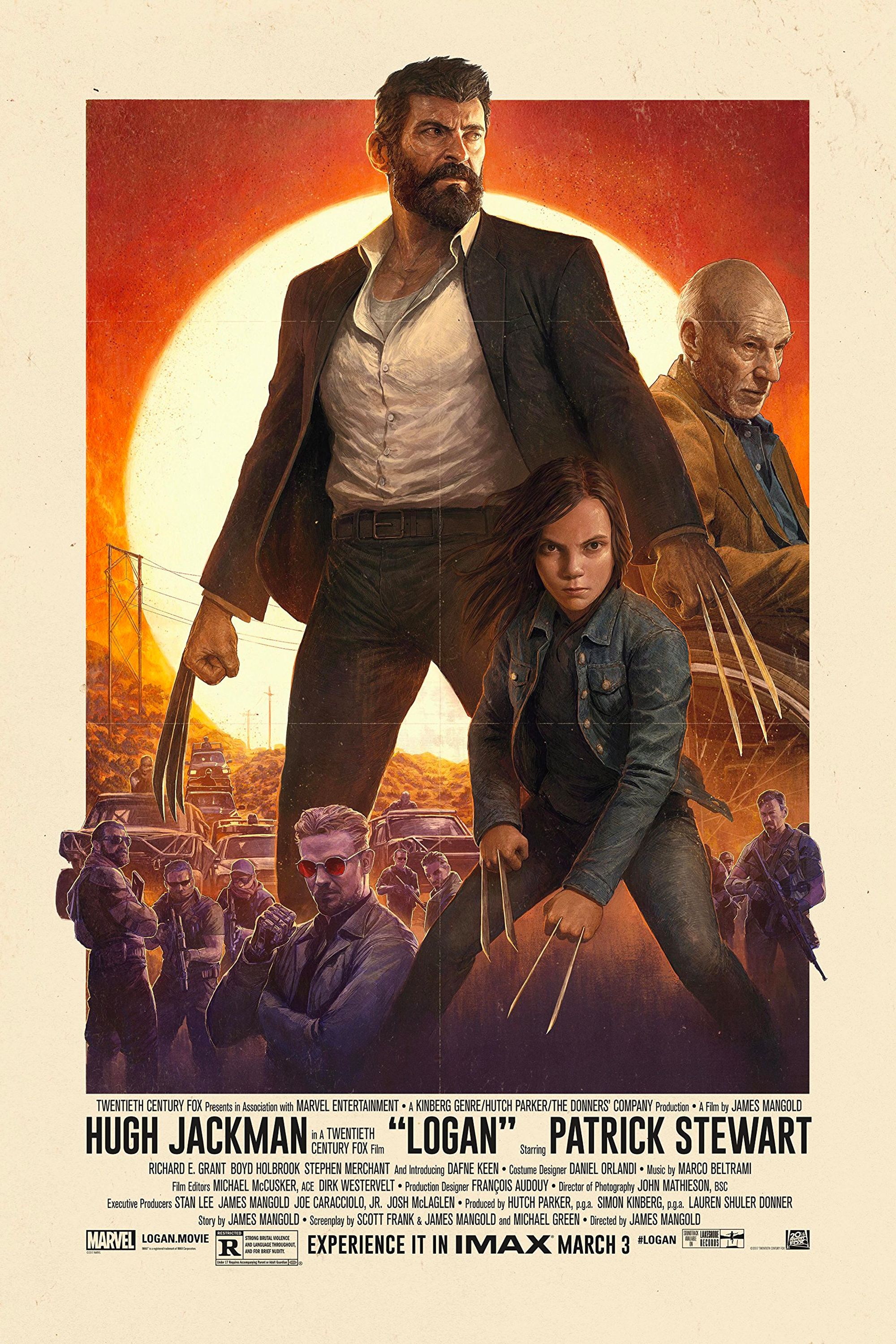Warning: SPOILERS ahead for Logan
-
Logan may be Hugh Jackman’s final go-around as Wolverine, but James Mangold's critically-adored solo movie marks a lot of bold new steps for the franchise at the same time. It introduces Dafne Keen’s X-23 (who based on her performance, is destined for greatness), marks the first R-rated movie in the main X-Men series, and alters the post-credits scene convention with a teaser for Deadpool 2 playing before the film. It also adds a hitherto unseen element – both in this franchise and pretty much all of superhero cinema – to the world: comics.
Mid-way through the film, it's revealed that along with incriminating files about her illegal creation, Laura has several issues of an X-Men comic book, just like the real-world inspiration for the film. These aren’t just window-dressing or a cheeky easter egg either; they play a rather important part in the plot and serve as a physical representation of Logan’s themes. But how does that work without breaking the logic of the world and what does it mean for the franchise's future? Let's take a look.
Before delving into the nitty-gritty, it's worth pointing out there is an element of tradition to this. In the early days of Marvel, stories would be rather brazen about how comics also existed in the fictional world, with the heroes' antics documented by in-universe versions of Stan Lee, Jack Kirby and co. It was really just a cheeky meta joke for the writers, but helped personify the creatives behind the new wave of characters as icons in their own right. The Logan instance doesn’t seem to have been done in homage to this practice, but it does serve as a nice reminder.
How Are There X-Men Comics In The Movie Universe?
Having comics appear in the movies may appear like an attempt to break the fourth wall in a slightly less aggressive manner than Deadpool, but in execution actually does the opposite; instead of highlighting that the events of Logan are fictitious, the presence of graphic novels makes it feel more real. The comics are an in-universe celebration of the X-Men and their many successes; after saving the world from rogue mutants and other great threats, they’ve gone from being wholly ostracized to icons people want to imitate, with the comics presenting a way to tell these stories.
This adoration goes beyond simple funny books though. Throughout the film there are copious references to the idea of mutants as celebrities, from Gabriela recognizing Logan to the kids trimming his beard in an attempt to make him look more like how they typically imagine him. Most touchingly, at his funeral one of the children holds a yellow-suited action figure.
James Mangold compared it to how sports stars become icons whose triumphs long outlive their career, but what differentiates the books in Logan from reruns of Super Bowls past is the twisting of facts. From the moment they’re introduced, Logan makes repeatedly clear that what's on the page are at best a quarter truthful, and the events that are dramatized are subject to major artistic license. The big sticking point is the glorification of the X-Men’s adventures, removing the darkness and – crucially – all of the death.
The mistruths and the pain of fame evidently weighs hard on Logan. He never viewed himself as a hero, and now his family of X-Men is gone the endless merchandising is a painful reminder. It gives Hugh Jackman’s final movie in the role a subtle underlying theme of legacy, with the comics serving as a visual entrance into its key theme.
What Is Eden?
The comics don’t just have a thematic point in the film, but also a key part to play in the narrative. Logan is hired by Gabriela to take her and Laura to North Dakota and Eden, a secret safe place where other mutants (or mutant sympathizers) will help them. When reviewing Laura’s comics, however, Logan discovers the whole concept has been lifted wholesale from these stories - right down to the GPS location.
In the comics, Eden appears to have be a futuristic haven found by some stranded mutants, leading Logan to believe Gabriela has simply fallen prey to the X-Men legend out of desperation. Of course, it transpires that while Eden wasn’t a part of the Wolverine’s past adventures; the stories of it inspired Gabriela and other nurses when staging their escape from Zander Rice with the children. Using the idea of Eden, they each set its real-world location near the Canadian border as a rendezvous point. This is why she and Laura are so certain there’s something there - they have orchestrated it, so there will be.
It’s a case of art influencing life. While the events in the X-Men comics didn’t happen, they have inspired - in this case explicitly – people to do heroic, daring feats for the good of others. The idea cuts through Logan’s attempts at distance himself from the world (his plan at the start is to run away to sea with Professor X) and reminds him of the good he has done in his life -something that pulls him back into the world before his death. It’s also a further layer to the comics' metatextuality, highlighting how powerful the X-Men characters and their promotion of acceptance has been over the past fifty years.
How Were The Comics Made?
The comics we see in Logan were made specially for the film, with Marvel editor-in-chief Joe Quesada providing the artwork. His key port of call was Chris Claremont's classic run on The Uncanny X-Men in the 1980s, with his panels evoking that art style, although the films storyboarding also had an influence; the shot composition of Eden’s introduction in the movie is foreshadowed in how the comic presents it. One interesting quirk of the movie's comics is that - perhaps due to rights issues - they are said to be published by the "X-Men Comics Group" instead of Marvel.
Despite feeling so essential to the film and elevating Logan's sense of regret, the comics weren't always a part of the story; speaking to Inverse, production designer François Audouy said the decision to add them came “very late in the writing process”. This late addition probably means that this will prove to be a one-shot idea; it would be weird for future X-Men films have to deal with this aspect every time, and can always be got around by saying publication started after the events of the other movies.
On top of everything else, the comics also provided the opportunity to realize the one key Wolverine trait we never saw on screen: his yellow costume. This was a long-standing fan request, and was even teased in an unused ending to The Wolverine, but Mangold has since talked about why it would never happen: "Nothing seems less Wolverine-like than the desire to put on a trademarked outfit, particularly canary yellow, and kind of prance about doing good deeds and have people go, 'Oh my God! It’s The Wolverine!"
Having it in the comic isn’t Hugh Jackman exactly putting on the yellow spandex, but it’s still a nice homage and does leave things open for fans' imagination; while it’s implied the yellow suit is one of many ideas that the comics made up, if fans so desire it can be something that did happen at one point in the new timeline.

